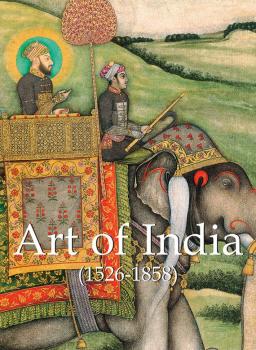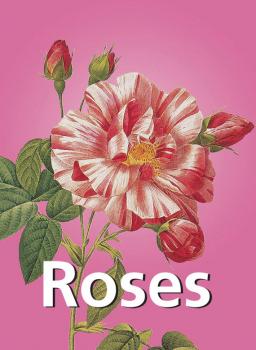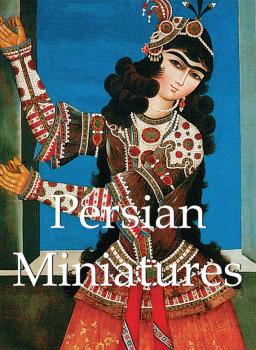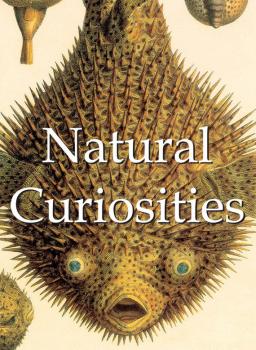ТОП просматриваемых книг сайта:
Mega Square
Скачать книги из серии Mega SquareАннотация
Информация о книге
Автор произведения Vincent Arthur Smith
Жанр Изобразительное искусство, фотография
Серия Mega Square
Аннотация
Информация о книге
Автор произведения C. J. Holmes
Жанр Изобразительное искусство, фотография
Серия Mega Square
Аннотация
Информация о книге
Автор произведения Vincent van Gogh
Жанр Изобразительное искусство, фотография
Серия Mega Square
Аннотация
Информация о книге
Автор произведения Dora Amsden
Жанр Изобразительное искусство, фотография
Серия Mega Square
Аннотация
Информация о книге
Автор произведения Charles de Kay
Жанр Изобразительное искусство, фотография
Серия Mega Square
Аннотация
Информация о книге
Автор произведения Pierre-Joseph Redoute
Жанр Изобразительное искусство, фотография
Серия Mega Square
Аннотация
Информация о книге
Автор произведения Vladimir Loukonine
Жанр Изобразительное искусство, фотография
Серия Mega Square
Аннотация
Информация о книге
Автор произведения Janet Souter
Жанр Изобразительное искусство, фотография
Серия Mega Square
Аннотация
Информация о книге
Автор произведения Alfred Russel Wallace
Жанр Изобразительное искусство, фотография
Серия Mega Square










